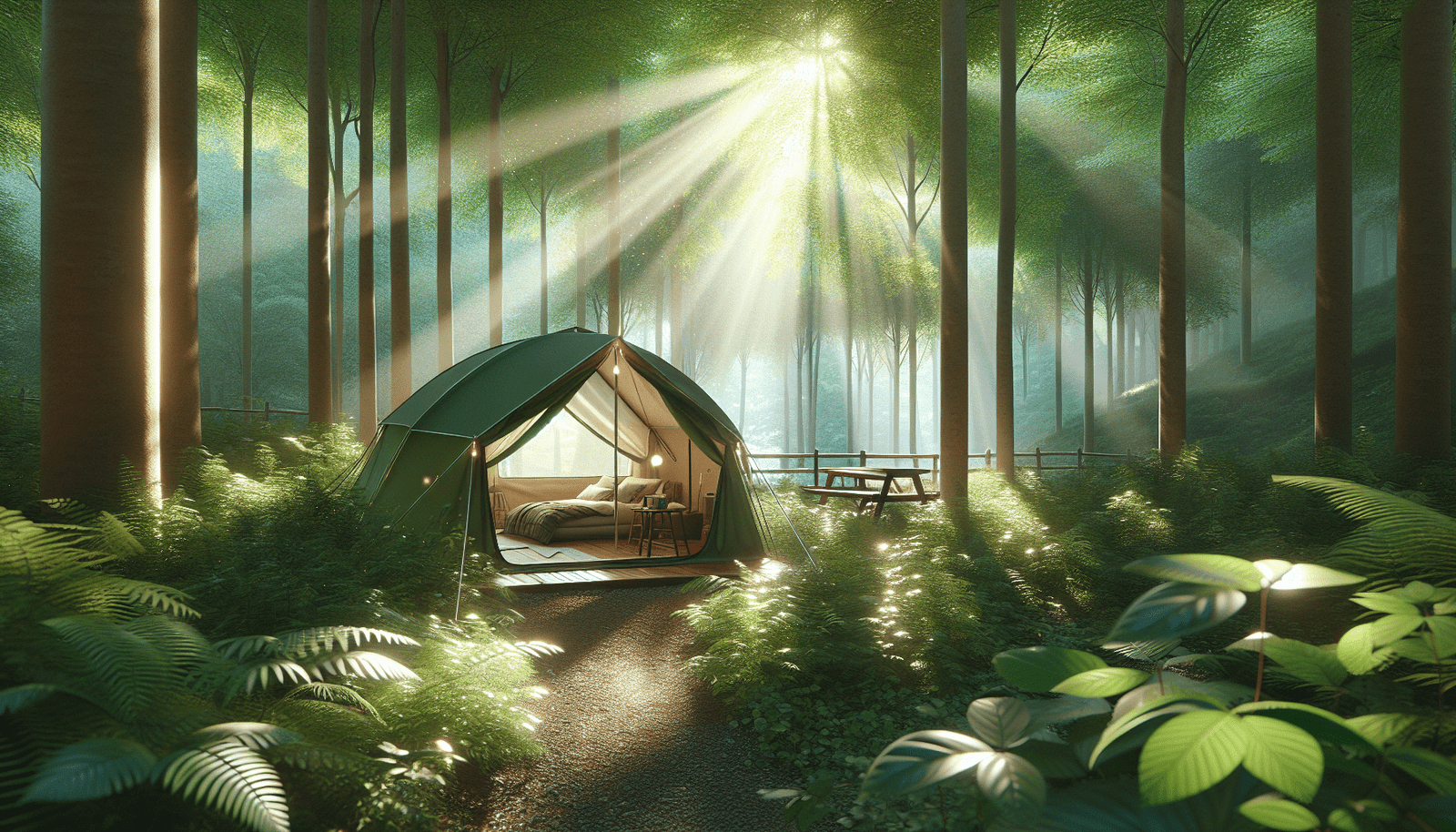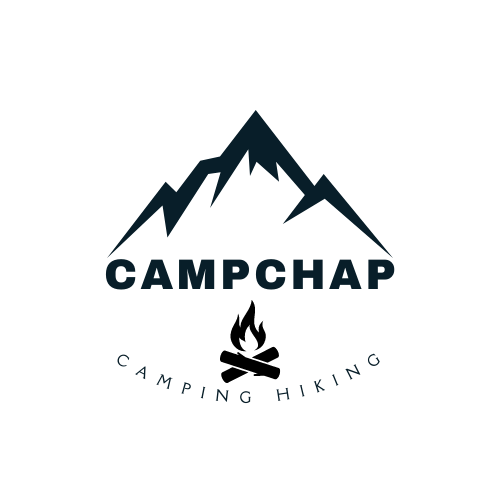How do you keep your camp cool?
When the summer sun is beating down and the air feels hot and stuffy, keeping your camp cool can become quite the challenge. Whether you’re a seasoned camper or a novice embarking on your first outdoor adventure, knowing how to maintain a comfortable temperature in your camp ensures a more enjoyable experience. So, let’s look at effective strategies to keep your cool while camping.
Site Selection
The first step to staying cool starts with choosing the right campsite. Your choice of location can significantly impact the temperature and comfort of your camp.
Find Shade
Seek out campsites that provide natural shade. Look for areas under dense tree canopies or by tall rock formations. Natural shade can lower the temperature by several degrees and protect you from direct sunlight for most of the day.
Elevation Matters
Consider altitude when choosing your site. Higher elevations generally have cooler temperatures. If you’re camping in an area with significant elevation changes, a higher campsite might offer a more pleasant climate.
Proximity to Water
Campsites near bodies of water like lakes, rivers, or streams tend to have cooler microclimates. The water can help bring down the surrounding temperature and even provide a refreshing place to cool off.
Shelter Optimization
Your choice and arrangement of shelter play a pivotal role in keeping your camp cool.
Pitch Tents Wisely
When setting up your tent, aim to pitch it in a shaded area. A tent exposed to the sun can become unbearably hot, making it uncomfortable to sleep or rest inside.
Use Reflective Tarps
Reflective tarps can deflect sunlight away from your tent and other key areas of your camp. Setting them up strategically around your shelter can contribute significantly to maintaining cooler temperatures.
Tent Ventilation
Modern tents often come with built-in ventilation systems. Open all vents fully to allow a cross breeze that can help reduce interior temperatures. If your tent doesn’t have ample ventilation, consider a mesh inner tent to maximize airflow.
| Shelter Optimization Tips | Explanation |
|---|---|
| Pitch Tents Wisely | Set up in shaded areas to avoid direct sunlight. |
| Use Reflective Tarps | Reflective tarps can deflect sunlight away, keeping your shelter cooler. |
| Tent Ventilation | Open all vents to facilitate a cross breeze. Mesh tents increase airflow. |

Personal Cooling Strategies
Sometimes, keeping your camp cool also means keeping yourself cool.
Wear Appropriate Clothing
Opt for light-colored, loose-fitting, moisture-wicking fabrics. These not only keep you cooler but also wick sweat away from your skin, enhancing evaporation and cooling.
Stay Hydrated
Proper hydration is crucial. Your body cools itself through sweat, and without enough water intake, you’re at risk for heat exhaustion. Carry plenty of water and take regular hydration breaks.
Use Cooling Accessories
Invest in cooling accessories like neck wraps, bandanas, or portable fans. These can provide quick, localized relief from the heat, making you more comfortable as you enjoy your outdoor activities.
Cooking and Food Tips
The last thing you want is to heat up your camp more than necessary while preparing your meals. Here are a few tips to keep cooking heat to a minimum.
Cook Outside the Tent
Avoid cooking inside or too close to your tent. Not only is it a fire hazard, but it also adds unnecessary heat to your shelter area. Set up a designated cooking spot well away from your sleeping area, ideally in a shaded and well-ventilated place.
Opt for Cold Meals
Whenever possible, plan meals that don’t require cooking. Salads, sandwiches, and fruits are great options. This minimizes the amount of heat introduced into your camp.
Use Efficient Cooking Methods
If cooking is a must, use efficient cooking methods such as camp stoves or portable grills. These create less heat compared to traditional campfires. Also, consider using fuel-efficient stoves that cook food quickly, thereby reducing heat exposure time.

Activities to Stay Cool
Plan your activities around the cooler parts of the day and make use of the environment to help you stay cool.
Morning and Evening Recreation
Engage in strenuous activities like hiking, biking, or climbing during the early morning or late evening when temperatures are typically lower. Avoid the mid-day sun to reduce the risk of overheating.
Take Advantage of Water
Make use of nearby water bodies for swimming or just wading in to cool down. Carrying a portable misting fan or spray bottle can also provide a refreshing break from the heat.
Rest During Peak Heat
Set aside time to rest in shaded or cool areas during the hottest parts of the day. This not only helps you stay cool but also conserves your energy and reduces the risk of heat illness.
Nighttime Cooling Strategies
Nighttime can sometimes remain uncomfortably warm, especially in areas known for high temperatures. Having strategies in place can make your nights restful and cool.
Open Up the Tent
Once the sun sets, open up all doors, windows, and vents in your tent. This maximizes airflow and allows any trapped heat to escape.
Sleep Outside the Tent
If the weather permits and the bugs aren’t a big issue, consider sleeping under the stars. A breathable sleeping pad or hammock can be much cooler than a stuffy tent.
Use Cooling Gel Pads
Cooling gel pads or special cooling pillows can make a significant difference when the nighttime temperatures refuse to drop. These products stay cool for extended periods, providing relief on hot nights.
Sustainable Cooling Methods
It’s important to focus on sustainability while camping to minimize your environmental impact.
Solar-Powered Cooling Devices
Solar-powered fans, lanterns, and chargers are great examples of cooling devices that harness renewable energy. They’re efficient, and cost-effective, and reduce your carbon footprint.
Biodegradable Cooling Accessories
Choose cooling accessories made from biodegradable or recyclable materials. This choice supports the environment and reduces the amount of waste left behind.
Sustainable Hydration Practices
Use reusable water bottles and hydration packs. Not only do they keep your water cooler longer, but they also help cut down on single-use plastic waste.
Planning Ahead
Proper planning can eliminate many of the discomforts associated with camping in hot weather. Being prepared is half the battle.
Check Weather Forecasts
Before you head out, always check the weather forecasts for your camping area. Knowing the expected temperatures can help you plan your clothing, hydration, and activities accordingly.
Pack Smartly
When packing, consider the temperature range you’ll be experiencing. Bring appropriate clothing, cooling accessories, and enough water. Plan your gear to maximize both convenience and comfort.
Set Up Early
If possible, arrive at your campsite early in the day. This allows you to set up your camp before the peak heat sets in, and gives you time to tweak your setup to optimize for shade and airflow.
Cooling Hacks
Sometimes, the best solutions come from simple, clever hacks that can make a surprising difference.
Reflective Blankets
Use emergency thermal blankets to reflect heat away from your tent. Attach them to the outside of your tent or place them under the roof tarp to create an extra layer of heat deflection.
DIY Air Conditioners
A basic setup involving a cooler filled with ice and a battery-operated fan can create a makeshift air conditioning unit for your tent. While it might not match up to a real air conditioner, it can provide substantial relief.
Frozen Water Bottles
Freeze water bottles before your trip and use them as ice packs. They serve dual purposes: keeping your cooler cold and offering a cold drink as they melt.
In conclusion, keeping your camp cool involves a blend of smart site selection, shelter optimization, practical personal cooling strategies, and sustainable practices. By employing these techniques and planning thoughtfully, you can ensure a comfortable and enjoyable camping experience even in the heat of summer. Happy Camping!
